When your AC stops cooling in the middle of summer, you’re suddenly faced with an uncomfortable and expensive problem: replacing your unit. And if you’re like most homeowners, your first question is, “How much is this going to cost me?”
The truth is, the cost to replace an AC unit can vary quite a bit depending on several factors, from the size of your home and type of system to labor rates and energy efficiency upgrades.
In this guide, we’ll walk you through all the important details: national averages, cost breakdowns, what influences the price, and how to make the best choice for your home and budget.
Average Cost to Replace an AC Unit in 2025
The national average cost to replace an AC unit in 2025 ranges from $4,500 to $12,000. This wide range depends heavily on the type of system you’re installing, the size of your home, and whether additional components like ductwork or thermostats need upgrading.
Here’s a quick look at average costs by system type:
| AC System Type | Average Replacement Cost |
| Central Air Conditioner | $5,500 – $9,000 |
| Ductless Mini-Split | $4,000 – $10,000+ |
| Heat Pump System | $6,000 – $12,000+ |
| Packaged AC Unit | $4,500 – $8,000 |
| Window/Portable AC | $300 – $1,200 (DIY installs) |
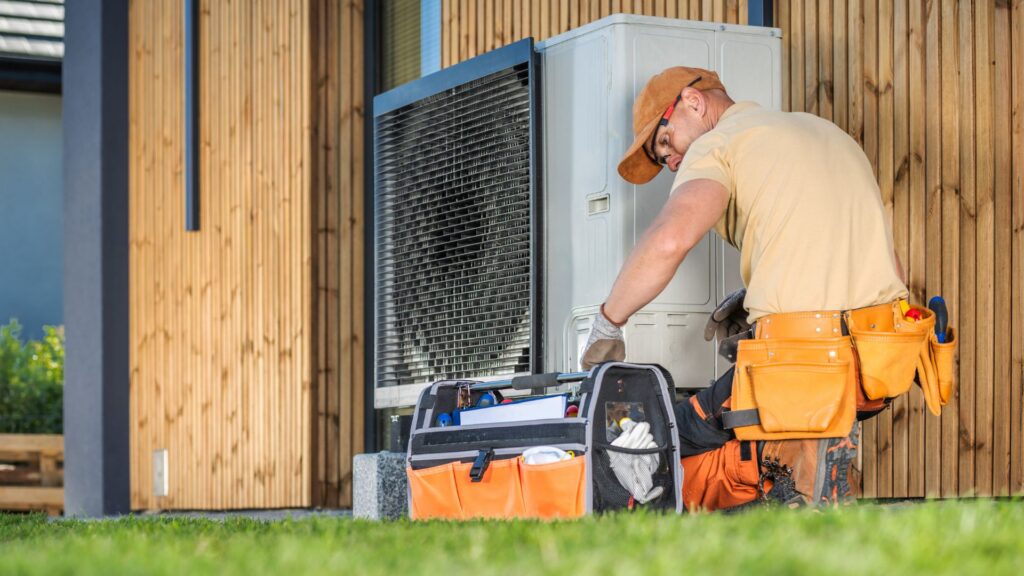
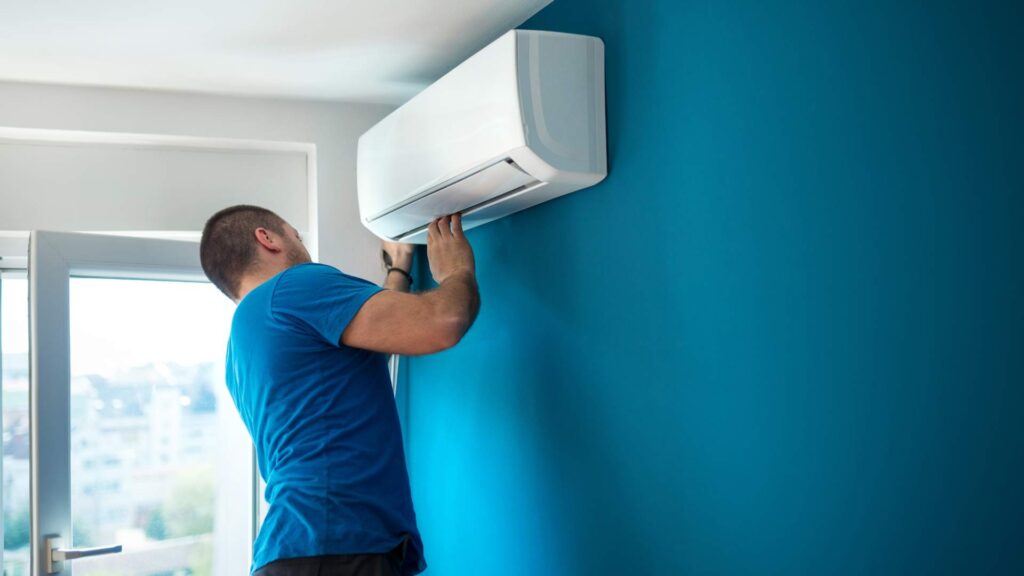
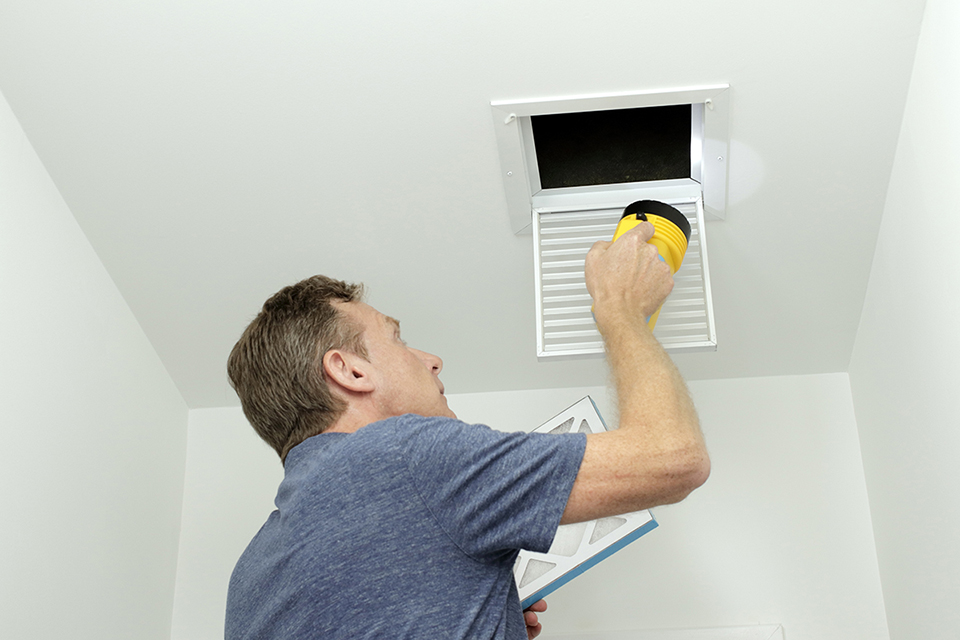
Keep in mind that these are general ranges. For example, if you’re in a high-cost-of-living area or installing a high-efficiency system with zoning controls, your price may lean toward the upper end.
What Affects the Cost to Replace an AC Unit?
The cost to replace an AC unit isn’t just about the price tag on the equipment itself. Many variables come into play. Let’s break them down:
1. Size of the AC Unit (Tonnage)
AC units are measured in “tons,” which refers to how much cooling power the system has. Most homes require units between 1.5 and 5 tons, depending on square footage and insulation.
- 1.5-ton unit (up to 900 sq. ft.): $3,500–$5,000
- 2.5-ton unit (1,200–1,400 sq. ft.): $4,000–$7,000
- 4-ton unit (2,000–2,500 sq. ft.): $6,000–$9,000+
The larger the unit, the more expensive the replacement.
2. Energy Efficiency (SEER Rating)
SEER stands for Seasonal Energy Efficiency Ratio. As of 2023, new AC systems must meet SEER2 standards, which are stricter than the previous SEER ratings.
- Minimum in Northern U.S.: 13.4 SEER2
- Minimum in Southern U.S.: 14.3 SEER2
Higher SEER ratings mean better efficiency, but they also come with a higher upfront cost.
| SEER2 Rating | Expected Unit Cost Increase |
| 14.3 SEER2 | Baseline |
| 16 SEER2 | +$500–$1,000 |
| 18+ SEER2 | +$1,000–$2,500+ |
3. Brand and Model
There’s a noticeable price difference between basic and premium brands. For example:
- Budget brands like Goodman or Payne may cost $4,500–$6,500
- Mid-range brands like Rheem or Lennox typically cost $5,500–$8,500
- High-end brands like Carrier or Trane may exceed $10,000+
4. Ductwork Condition
If your ducts are old, leaking, or poorly sized, they may need to be repaired or replaced during installation. Ductwork replacement can add $1,500–$5,000 to your total cost.
5. Labor and Installation Complexity
Labor costs make up a big chunk of the total, often 30% to 40% of the bill. Factors that influence labor include:
- Attic or crawl space access
- Electrical upgrades needed
- Removing an old unit or pad
- Length of refrigerant lines
In general, the harder it is to access your current system, the more you’ll pay.
6. Permits and Local Codes
Most cities require a permit for HVAC replacement, which can cost between $100 and $500. Some regions also require inspection after installation to ensure code compliance.
Labor vs. Equipment: Where Your Money Goes
When people hear that an AC system costs $9,000, they often assume that’s all equipment. But in reality, labor and related costs play a significant role.
Here’s a breakdown of a typical $8,500 replacement:
- Equipment (unit + coil + thermostat): ~$4,800
- Labor and installation: ~$2,500
- Permits, disposal, other fees: ~$1,200
The brand and model you select will dictate how this split plays out. More efficient systems often require longer installation times and special handling.
Signs You Need to Replace Instead of Repair
Not every AC problem means replacement. But here are signs your current system is likely on its last legs:
- It’s 12 to 15+ years old
Most AC units have a lifespan of 12–15 years before efficiency starts to decline. - You’ve had multiple repairs in the last 2 years
Frequent breakdowns signal deeper issues and can add up to major long-term costs. - Your utility bills are rising with no explanation
Older units lose efficiency, causing higher energy usage even if your habits haven’t changed. - It uses outdated R-22 refrigerant (banned since 2020)
R-22 is no longer produced, making refills expensive and system maintenance harder. - The compressor has failed
Replacing a compressor often costs nearly as much as a whole new AC unit. - There’s inconsistent cooling from room to room
Uneven temperatures indicate airflow problems, worn parts, or sizing issues in older systems. - If the cost to repair is more than 40–50% of a new system
Financially, replacement is smarter when repair costs approach half the price of a new unit.
If the cost to repair is more than 40–50% of a new system, it usually makes more financial sense to replace it.
Tips to Save on AC Replacement Costs
There are ways to reduce the cost of replacing your AC unit, without compromising quality.
1. Get Multiple Estimates
Prices can vary by thousands between contractors. Always compare 2–3 detailed quotes.
2. Check for Utility Rebates
Energy-efficient systems often qualify for rebates. For example:
- ENERGY STAR® equipment may get $300–$600 rebates
- Local energy providers may offer $100–$1,000+ incentives
3. Replace in the Off-Season
Spring and fall are typically slower for HVAC contractors, which means you might score a better deal.
4. Look Into Financing Options
Some installers offer 0% interest plans for 12–18 months or longer terms with small interest.
5. Keep Up with Maintenance
Proper yearly maintenance can help delay the need for replacement and keep your unit running efficiently.
Is a Higher SEER Rating Worth the Extra Cost?
Let’s say you’re comparing a 14.3 SEER2 unit to an 18 SEER2 one. The 18 SEER2 system might cost you an extra $1,500 up front, but what about over time?
Here’s a rough annual energy cost comparison for a 2,000 sq ft home:
| SEER2 Rating | Estimated Yearly Cooling Cost |
| 14.3 SEER2 | $650 |
| 16 SEER2 | $570 |
| 18 SEER2 | $500 |
Over 10 years, that’s a potential savings of $1,500, which helps offset the higher installation cost. If you live in a hot climate where your AC runs often, the return on investment is even better.
DIY vs. Professional Replacement: Is It Ever Worth It?
It might be tempting to save thousands by doing the replacement yourself, especially if you’re handy. But in almost all cases, professional installation is non-negotiable. Here’s why:
Risks of DIY:
- You need a license to handle refrigerant (EPA Section 608 Certification)
- Mistakes can void your warranty
- Improper installation leads to poor efficiency or unit failure
- You may violate local building codes
What can you safely DIY? Tasks like changing air filters, clearing debris around the unit, and keeping your vents clean. Beyond that, it’s best to leave replacement to the pros.
Real-Life Replacement Scenarios (Examples)
To better understand how various factors affect the cost to replace an AC unit, let’s look at two realistic homeowner scenarios. These ballpark estimates help show how system type, home size, and installation needs all play a role.
Scenario A: Central AC Replacement for a Mid-Sized Home
- Home size: 1,500 sq ft
- System type: Replacing an existing 3-ton central air conditioner
- Efficiency rating: Mid-efficiency (15.2 SEER2)
- Additional work: No ductwork or electrical upgrades needed
- Estimated cost: ~$6,800
Why this cost: This is a relatively straightforward replacement with no major modifications required. The SEER2 rating offers a balance between performance and energy savings, making this a common mid-range choice for many homeowners.
Scenario B: High-Efficiency Ductless System for a Larger Home
- Home size: 2,200 sq ft
- System type: Installing a 2-zone ductless mini-split system
- Efficiency rating: High-efficiency (20 SEER2)
- Additional work: Includes an electrical panel upgrade for compatibility
- Estimated cost: ~$10,200
Why this cost: While ductless systems offer flexible zoning and high efficiency, the upfront investment is higher, especially with added electrical work. However, long-term energy savings and room-by-room temperature control make it attractive for homes without existing ductwork.
How to Choose the Right AC System
Replacing your AC unit isn’t just about finding the cheapest model, it’s about choosing a system that fits your home, your climate, and your comfort needs. Here are a few key factors to help guide your decision:
- Match the unit size to your home’s cooling load
Bigger isn’t always better. An oversized unit can cycle on and off too frequently, wasting energy and wearing out faster. A licensed HVAC pro can perform a Manual J load calculation to determine the right tonnage for your home. - Look for SEER2 ratings that match your climate
If you live in a hotter region, investing in a higher SEER2-rated system (like 18 or 20+) can save you significantly on long-term energy bills. In milder climates, a mid-efficiency system may be more cost-effective. - Check compatibility with your ductwork
If your current ducts are in poor shape, or you don’t have ducts at all, you might want to consider ductless options like mini-splits. New ductwork can add thousands to your installation cost if not already in place. - Consider noise levels (some mini-splits are ultra-quiet)
Noise can be a factor, especially if the unit is near bedrooms or living areas. Mini-splits and newer inverter-driven central systems tend to run much quieter than older models or standard compressors. - Compare warranties (compressor, parts, labor)
A strong warranty can protect your investment. Look for units with at least 10-year compressor warranties and make sure you understand what’s covered for parts and labor.
Know the Costs Before You Replace
The cost to replace an AC unit isn’t one-size-fits-all. It depends on your home, climate, efficiency needs, and installation complexity. While the average range sits between $4,500 and $12,000, your unique situation will determine where you fall in that range.
By understanding the factors that drive cost, and taking advantage of rebates and planning ahead, you can make a smart investment that keeps your home cool and your energy bills manageable.
Need Help Deciding? Talk to a Local Expert
With so many factors to consider, system size, SEER2 ratings, ductwork, and long-term efficiency, it’s easy to feel overwhelmed. That’s why many homeowners turn to trusted local professionals for guidance.
Working with an experienced HVAC team like Womack Heating and Cooling ensures your AC replacement is properly sized, energy-efficient, and built to last. Whether you’re exploring options or need a second opinion, a local expert can walk you through the process with clarity and care.
Have questions or ready for a quote? Call (618) 234-2567 to speak with a knowledgeable technician today.


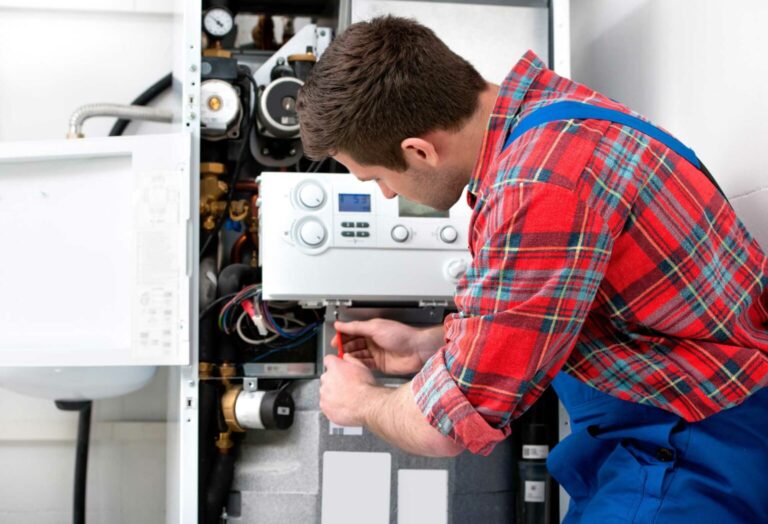
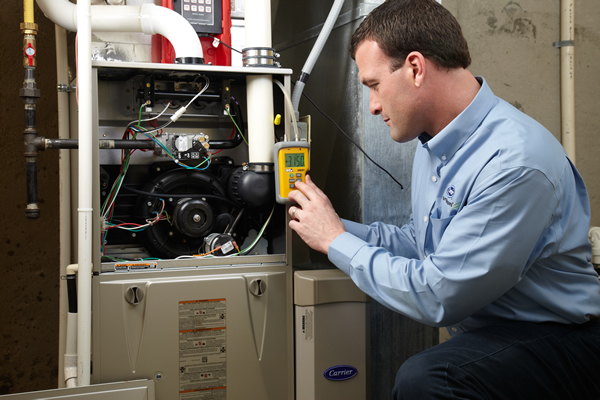
3 Comments